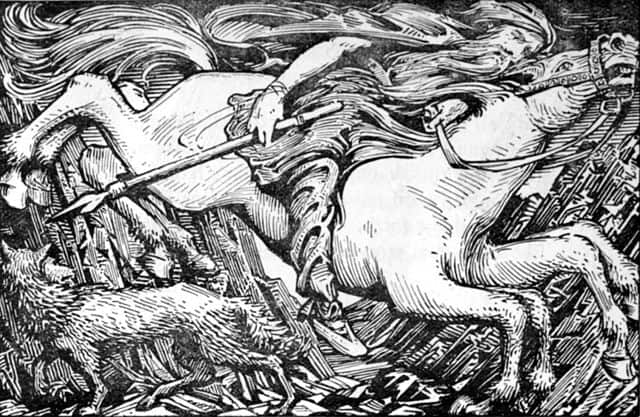
Tuesday, Dec. 25, is Christmas, the celebration of the birth of Yehoshua, a poor Jewish carpenter’s son, in the backwater Hebrew village of Bet Lehem south of Jerusalem just over 2,000 years ago.
The early church placed the date of the nativity on the 14th of the month Nisan in the Hebrew calendar, around the Fast of the Firstborn, which falls in March or April of the modern Gregorian calendar, depending on the year. Various churches throughout the Roman Empire used different dates coordinating with local festivals.
As the early church gained followers, power and political clout in the Roman Empire, it became Christianity’s second holiest day after Easter.
Around AD 200, most churches had moved the date to Dec. 25, conveniently coinciding with Roman winter solstice festivals of Saturnalia, Sigillaria and Dies Natalis Solis Invicti, or “Birthday of the Unconquered Sun,” commonly observed by Roman citizens. It fell on the shortest day the year, symbolically making Yehoshua the Christ, or the bringer of light, and falling about nine months after Nisan.
As more Gentiles joined the small Jewish sect and transformed it into Christianity, the Rome-based church expanded to pagan regions of Europe and beyond, and local converts incorporated their traditions into the holiday. After the fall of the empire, the church was the one cultural remnant holding Europe together, making religious festivals ever more important.
Most of the Western world still used the Julian calendar during and after the fall of Rome, dating years after the Roman consul in power, imperial regnal dates based on the year Roman emperors reign or year since the founding of the city of Rome in 753 BC.
In what is now AD 525, Scythian monk Dionysius Exiguus proposed a new calendar dating system based on the assumed birth date of his savior. The new calendar was used throughout Christianized Europe by AD 800. The Gospels cite the reign of Roman client king Herod the Great and the Roman census of Judea occurring at the time of the Nativity. The Census of Publius Sulpicius Quirinius, Roman governor of Syria, took place in 6 or 7 BC and Herod died in 4 BC, so Dionysius Exiguus’ calendar is a few years off.
During the Reformation, pastors of Protestant churches on the continent and “low” Church of England congregations resisted excessive celebrations, seeing the events as “too papist,” as they emphasized pomp and circumstance. Meanwhile, those in “high” Anglican churches still ecclesiastically close to the Roman Catholic Church from which they had broken in the 16th century encouraged grander celebrations of their savior’s birth.
Early iconoclastic Puritans, first in England and later in the American Colonies, often imposed bans on Christmas celebrations, which eventually relaxed as other religious minorities moved to the colonies and divisions became less intensely scrutinized.
Many people for whom Christianity is a framework but not a lifestyle choice no longer attend services regularly. For many, Christmas is the once-yearly visit to the local church for a nativity scene, a sermon and a candlelit farewell while singing Christmas hymns.
Santa Claus has a much longer tradition around Christmas time. Despite false claims, he wasn’t a Victorian creation nor fabricated by the Coca-Cola company — rather, he has his roots in Germanic and Norse folklore. The Norse God-king Odin, in the guise of a blue-cloaked and bearded old man, would ride through the sky on his eight-legged warhorse Sleipnir and deliver gifts during the darkest nights of winter.
In our secular culture where religious affiliation has grown less important, the holiday is merely a reason to gather with family and celebrate our relationships to each other with gift-giving.
Common religious holidays unite devotees and secularists for a much simpler psychological reason — we know we need to be more generous to each other. Deep down, we all love friends and family, but having a holiday to wrap it around makes it easier to show our true colors, our deeply-held love of those nearest to us without suspicion of ulterior motives.
We all have big hearts and a selfless love for our neighbors, but wrapping it up in shiny red bows lets the rest of the world accept that fact with the same joy with which we give it.
Christopher Fox Graham
Managing Editor


















